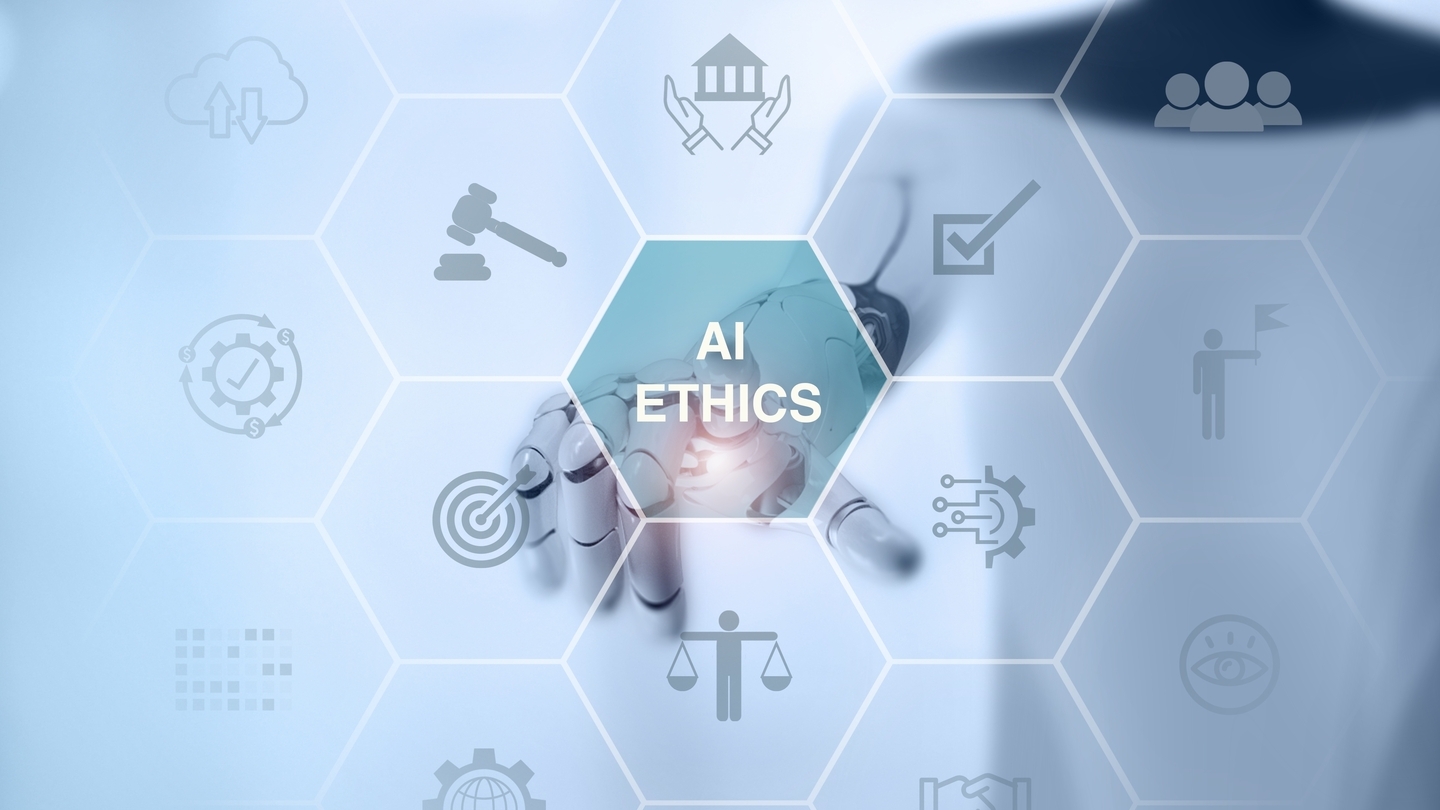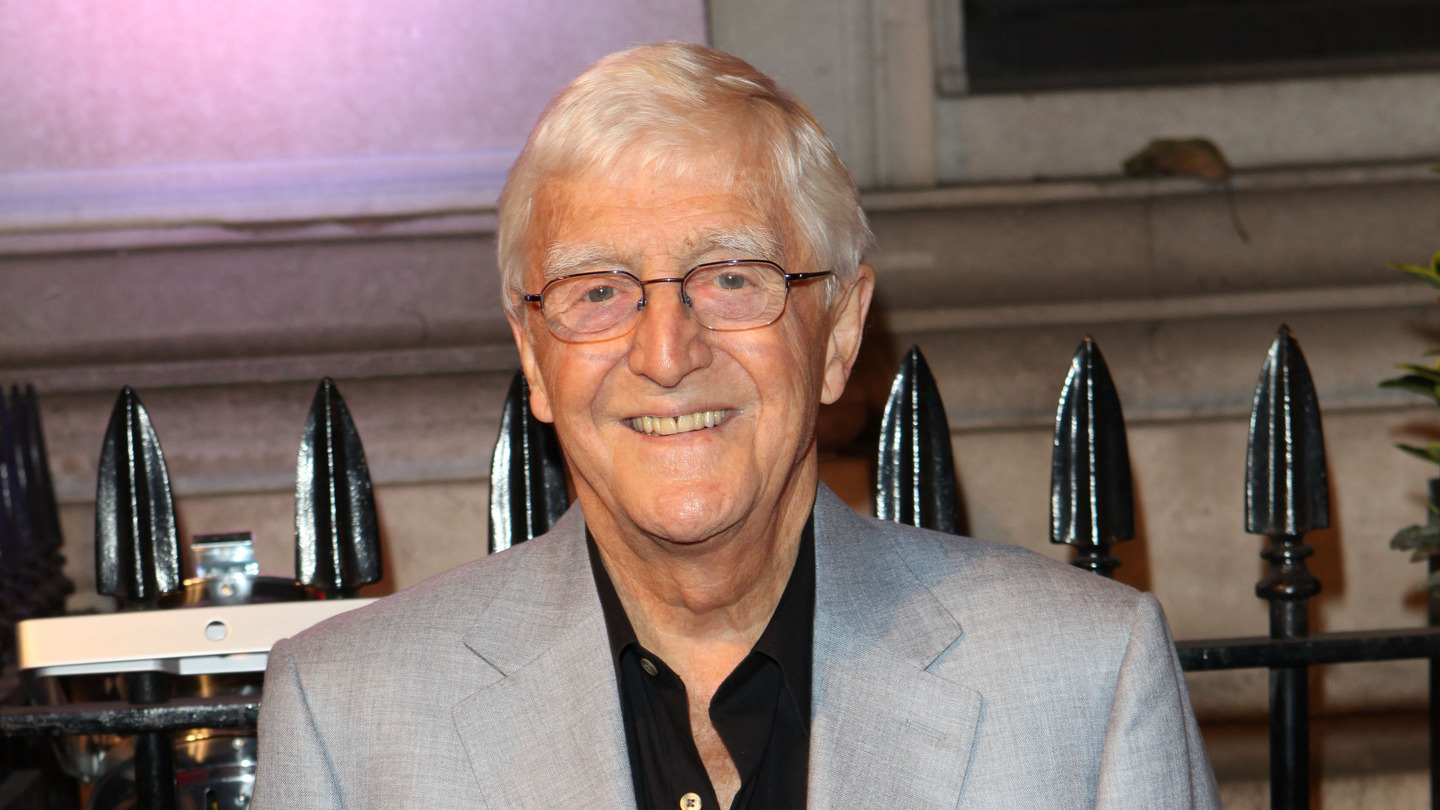Following the success of the IBC Accelerators Project on synthetic humans in 2023, John Maxwell Hobbs caught up with one of the project leaders to discuss subsequent progress and wider market adoption.
One of the eight IBC Accelerator projects in 2023 looked at ‘synthetic humans.’ A synthetic human differs from a traditional CGI animated character in that they are intended to function in real-time in response to a variety of data inputs. They can take several different forms, from a simple text-based chatbot to fully synthesised voices and video personas. For example, the two demos from the Accelerator project brought an historical figure, the opera singer Maria Calas, back to ‘virtual’ life and used voice synthesis to vocalise what a presenter was communicating using British sign language.
Michael Davey, Founder and Technologist at Michael Davey Consulting, was project lead on the second workstream looking at presenting weather forecasts in British Sign Language. Discussing industry developments in the area since the project concluded, he says: “The last six months have been marked in the industry with ongoing exploration into making digital humans more relatable and realistic through better understanding of human actions, enabling more intuitive editing of images and videos, and animating fictional characters in innovative ways. This includes efforts to replicate human body language, micro-gestures, facial expressions, and verbal communication, aiming for digital humans to be central in storytelling and creative processes.”...
You are not signed in.
Only registered users can view this article.

Finding our ethical true north on AI: Part II
Part two of our insight into AI ethics and regulation continues with observations on industry efforts around standards and best practices, and why human impact should be the guiding force. James McKeown reports.
/Source - shutterstock_2464837145 (1).jpg)
Digital Catapult: AI innovations to supercharge the creative industries
Accelerated VFX workflows, video game characters you can converse with, and auto-generated visual experiences from sound for XR headsets are just some of the AI innovations devised by start-ups as part of a recent Digital Catapult programme. Adrian Pennington reports.
.jpg)
Neural Radiance Fields – A new approach to 3D modelling
From the chemical, mechanical and electrical process of creating a film, to the rise of virtual production, visual storytelling has always turned to cutting-edge technologies. Now Neural Radiance Fields (NeRF) could replace the traditional technological foundations that broadcasting and film are built upon. IBC365 speaks to leading researcher, Professor Ravi Ramamoorthi.
.jpg)
Future predictions – Part II: Leaders and analysts
The coming year hints at big changes in focus and innovations for the media and entertainment world. With giant leaps in AI advancements, streamlining production and the road ahead for ad-tech, how can vendors meet the demands of the hungry yet cost-conscious consumer, whilst staying ahead of the game? John Maxwell Hobbs gathers more expert insight from leaders and analysts in the second part of our future predictions series.

Future predictions – Part I: Broadcasters and suppliers
As we wrap up 2024, it’s time to consider what lies ahead for the media industry in 2025. John Maxwell Hobbs probed industry executives to share their crystal ball predictions on themes spanning the impact of AI, the transition from hardware to software-based solutions, data security and ways of reaching new audiences.

.jpg)


